Car brands locally are keen to push anything hybrid at present, though the term is used loosely. Most new arrivals are of the mild persuasion, with a small electrified device lowering overall emissions.
Full hybrids, with higher voltage electric motors are still a relative rarity. That is a pity as they are a good option for those who aren’t convinced by EVs but still want to reduce emissions.
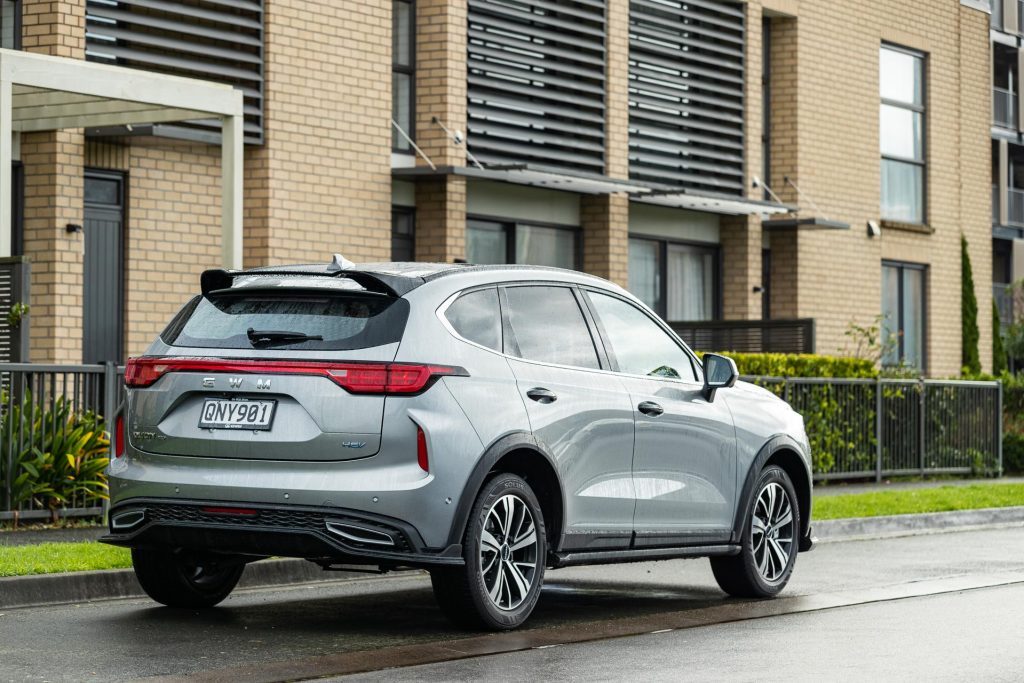
While they carry a premium over a pure ICE machine, they are usually much cheaper than plug-in hybrids, another kettle of cod again.
Compact SUVs are all the rage too, though hybrid options here are scarce. Haval has had its Jolion, in both ICE and HEV guises, bubbling away in the segment for a few years now, and it’s been facelifted recently, a new look leading the way.
The hybrid now wears a different design to the ICE machine altogether, though we reckon the new look isn’t quite as distinctive, particularly up front. Anyhow, it’s also adopted an aero kit; splitters, spats, sills and a spoiler on the rear.
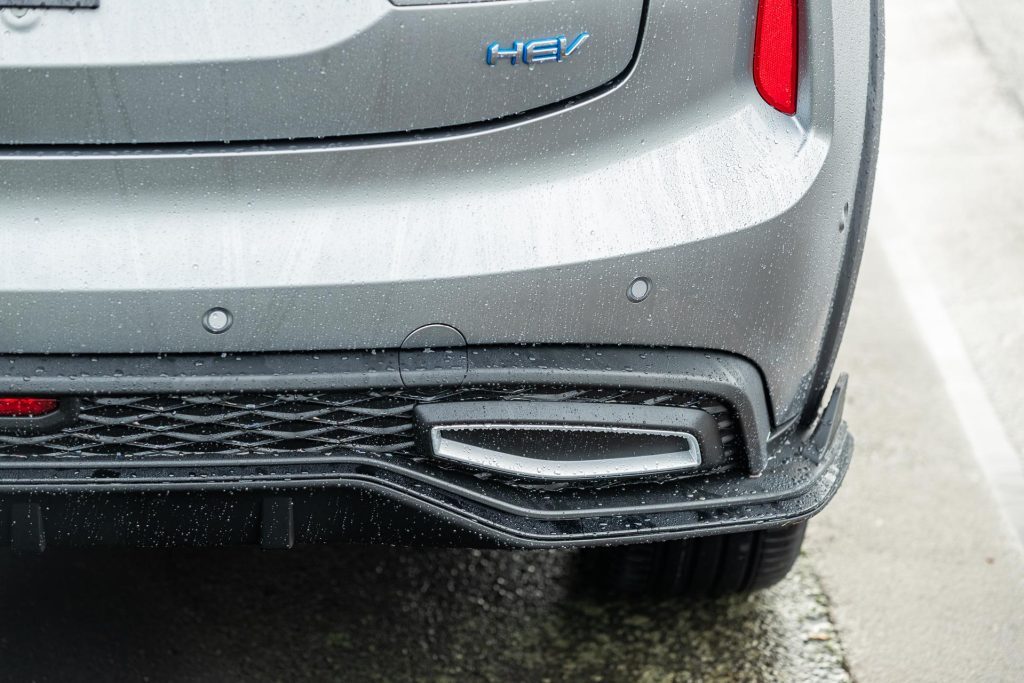
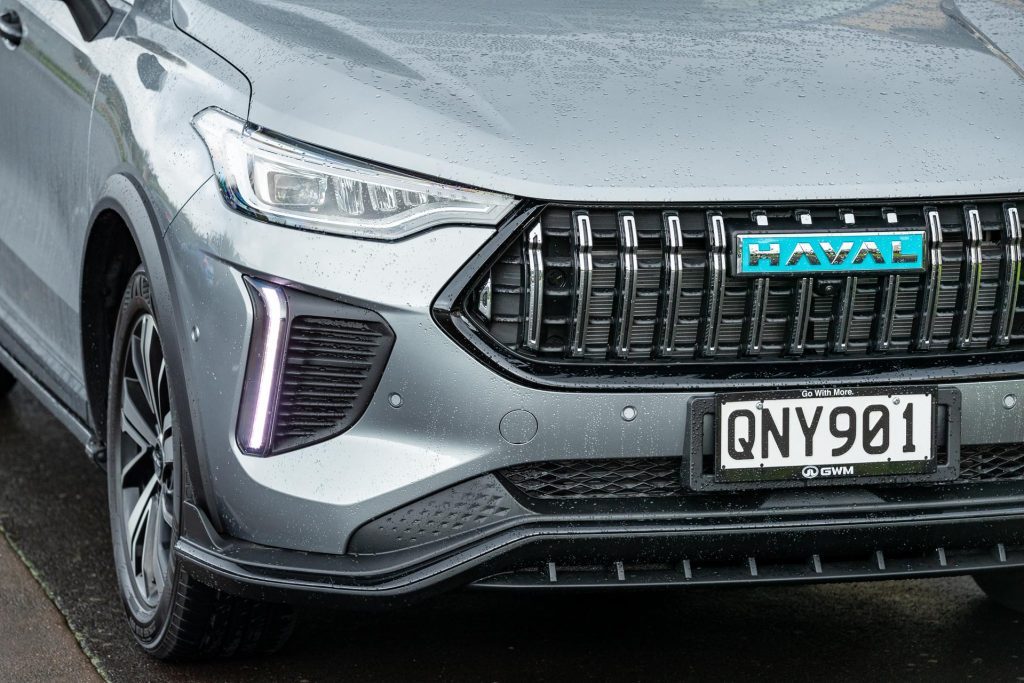
No word on whether it’s detrimental to the drag coefficient however. We can’t knock the quality of the paint, this grey hue looking particularly lustrous when it catches the light.
Confusing some, the Jolion now wears a Haval badge on its grille, but GWM on the tailgate. So you have to explain that GWM is the parent company of Haval, and then what GWM is.
To which they reply ‘Oh, that Great Wall’.
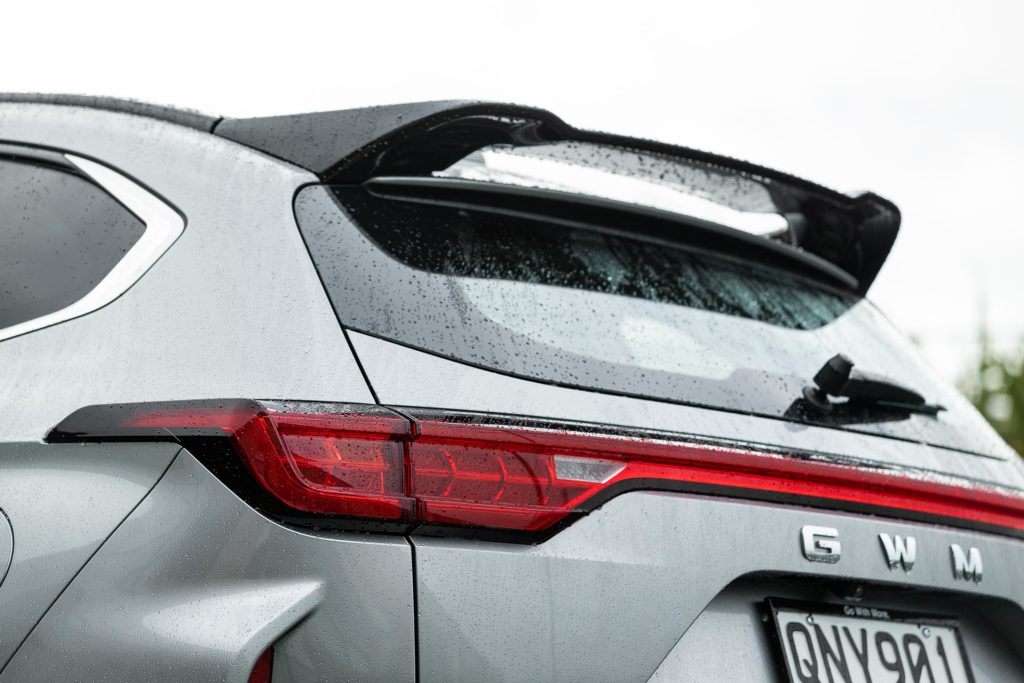
The hybrid Jolion is available in three grades, the Premium starting at $34,990, the Lux at $37,990 and the Ultra $3000 more again, pricing increased around $1000 since we last drove it.
The powertrain is unchanged, the Jolion with “surprisingly exceptional performance”. The figures sure look good, listed output at a combined 140kW (115kW from the motor, 70kW from the 1.5-litre petrol) and 375Nm (250Nm+125Nm).
Performance isn’t quite as spritely as the numbers suggest because the headline figures aren’t always at your disposal; it’s more like 250Nm with the engine chipping in the extras when pressed.
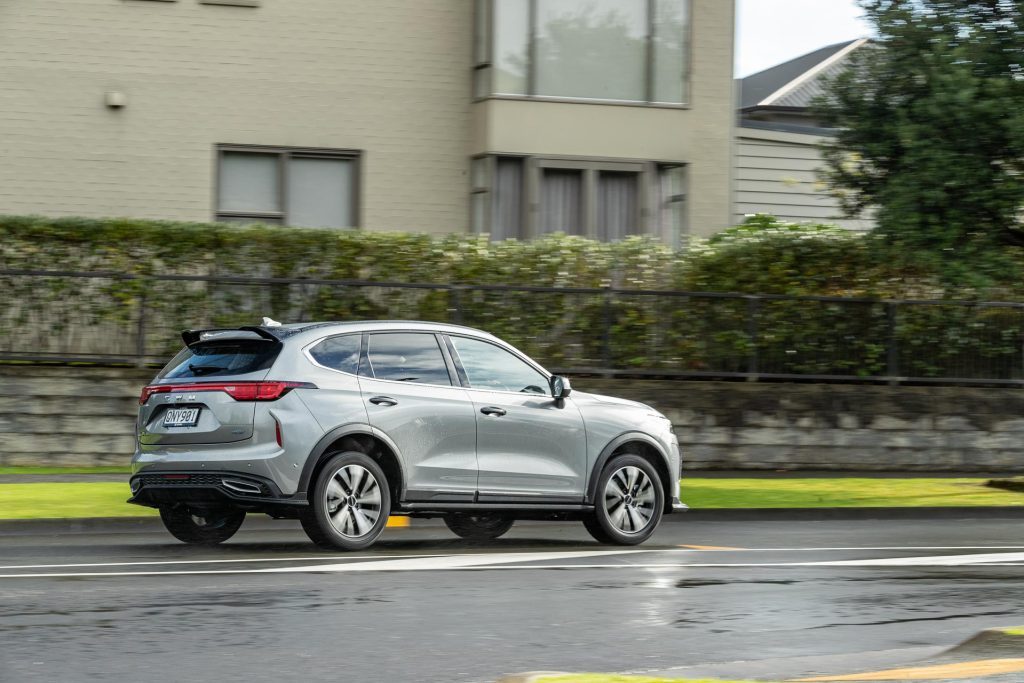
The 1.5T ICE Jolion makes 105kW and 210Nm and, despite a 200kg weight disadvantage, the HEV is the better performer both against the stop watch (0-100 in 8.6sec v 10sec) and more importantly, the fuel bowser.
The official figures (rightcar) are 5.5L/100km for the HEV and 9 for the ICE. We saw 6.4L/100km in the hybrid, perhaps due to the fact we did more motorway miles than usual, where the engine gets few chances to rest.
In stop-start urban running, we found that once up to speed, lifting off the gas will see the engine nod off and the electric bits can maintain your speed on light throttle loads.
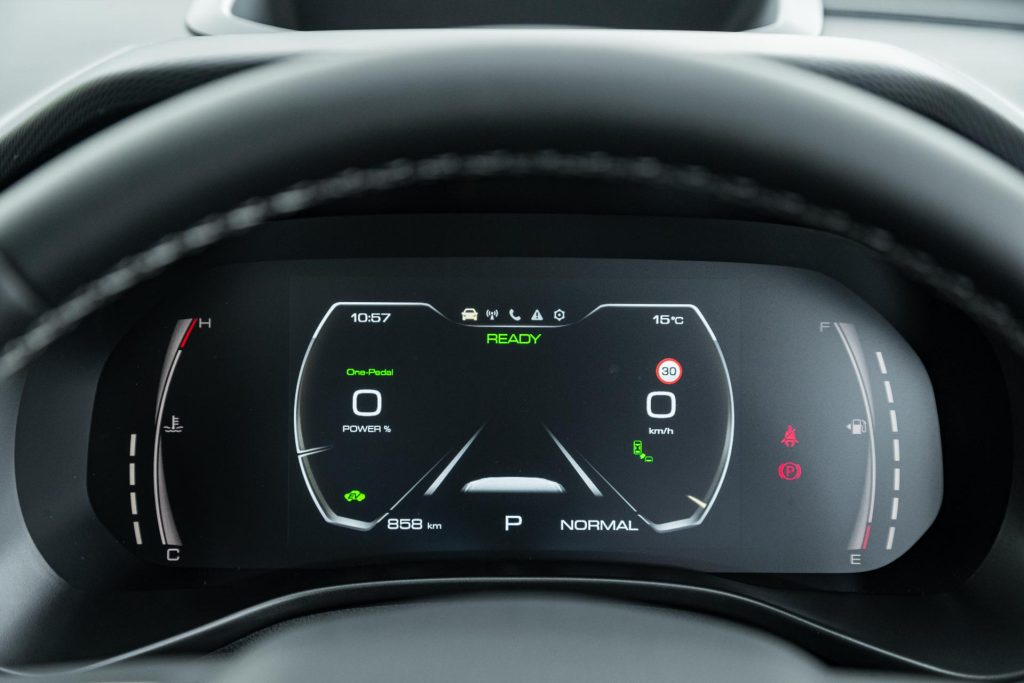
Whereas the ICE Jolion has a seven-speed twin-clutch gearbox, the hybrid has a DHT. That’s a Dedicated Hybrid Transmission, a two-speed box that behaves a bit like a CVT.
It’s smooth on the uptake, with minimal shift shock, and it’s responsive enough (in terms of ‘kickdown’ and the like) for your average hybrid compact SUV driver. And to eliminate the confusion, this is a ‘self charging’ hybrid so there’s no no need to plug in.
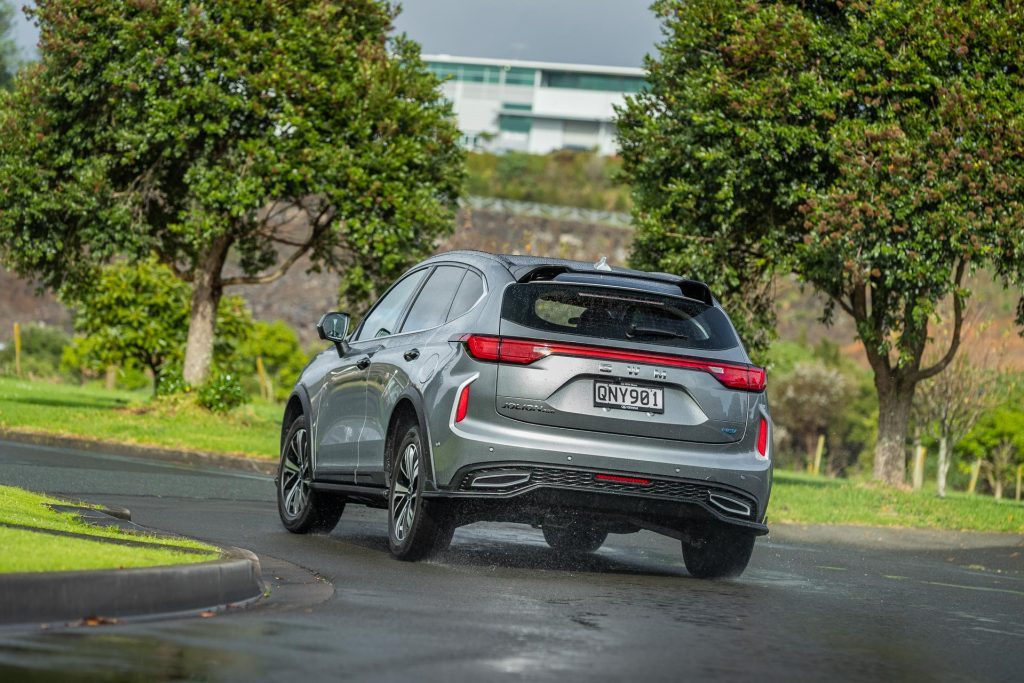
The major mechanical change concerns a move to an independent rear suspension set up. During our first test of the Jolion we noted it crashed over the bumps but that’s no longer the case.
This rides well, is reasonably hushed on the coarse chip highways, and handles in an okay fashion too. The steering is light on feel, and it’s still not the most resilient to understeer but it’s stable.
There are a few drive modes but being entombed within the menus of the touchscreen, we didn’t bother switching it up; it goes well in its Normal setting anyway.
We did find a one-pedal mode for the regenerative braking, though this is a tad inconsistent. It’s strong when heading downhill but on the flat, not so much.
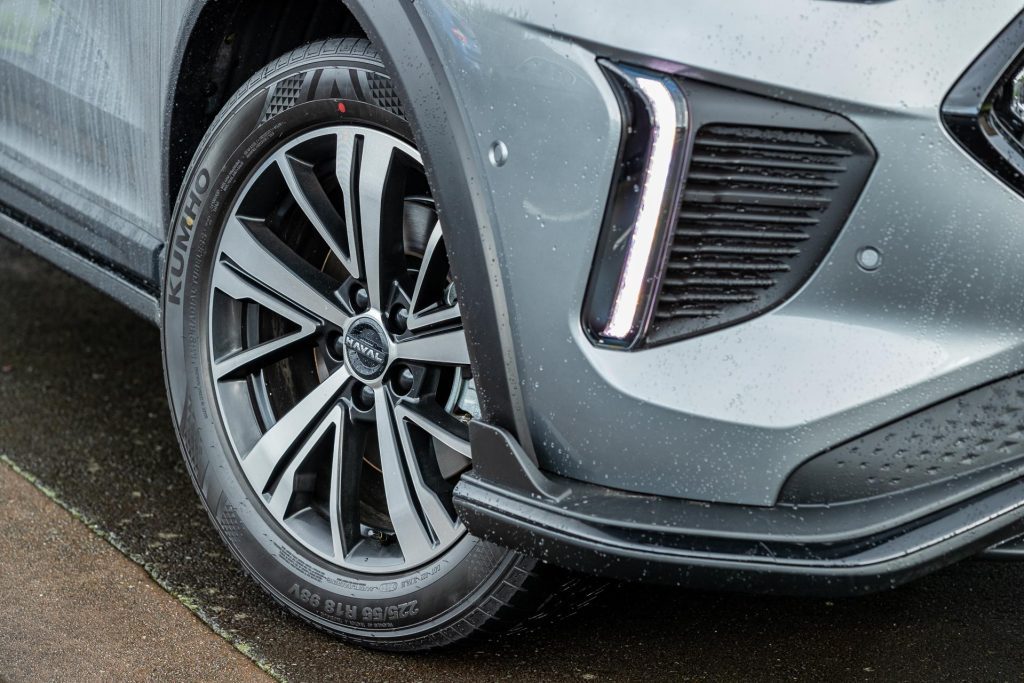
It does eventually bring you to a halt without needing to touch the brake. And the whoa pedal feels okay for a hybrid.
The Jolion is still big on value, the Ultra packed with gear. However, we didn’t end up using many of those Ultra extras.
The seat heating is nice to have but we could never remember which submenu the button was hiding under.
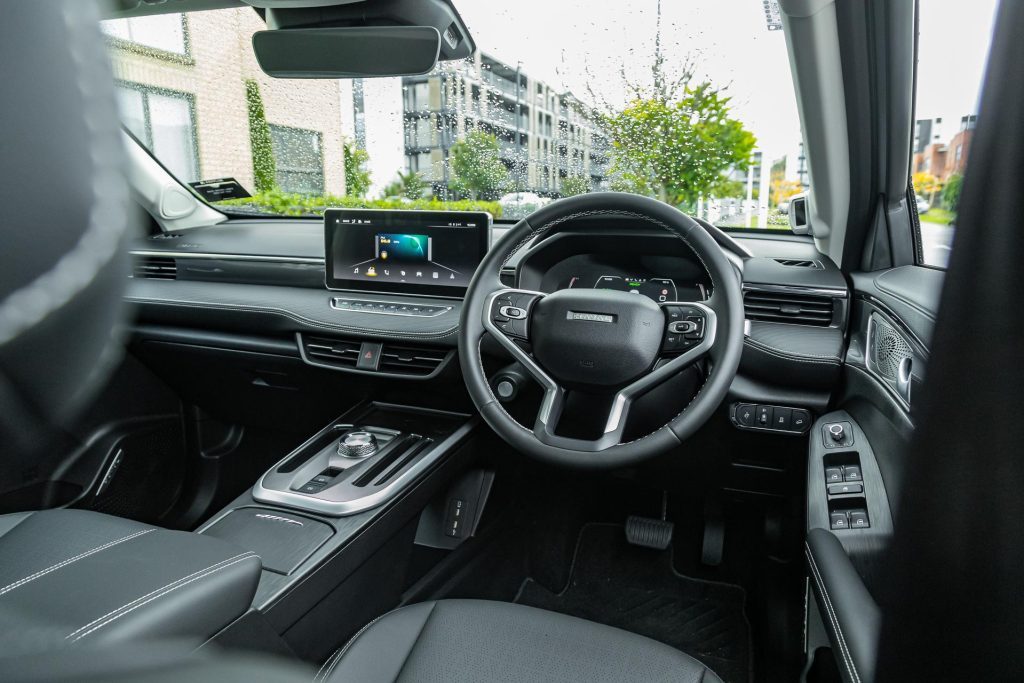
We never opened the blind for the panoramic sunroof, or used the parking assistant, and found the flickering of ever changing ambient lighting slightly distracting. We’d save a few thousand and opt for the Lux.
The cabin is a mix of plastic and vinyl but the ambience is improved with differing textures and stitching. It’s well made too. Steering wheel adjustment is now four-way, improving the driving position.
While the Jolion’s central screen is a decent size, some of the touchpoints remain too small, and a more logical menu layout is needed, especially as it controls everything.
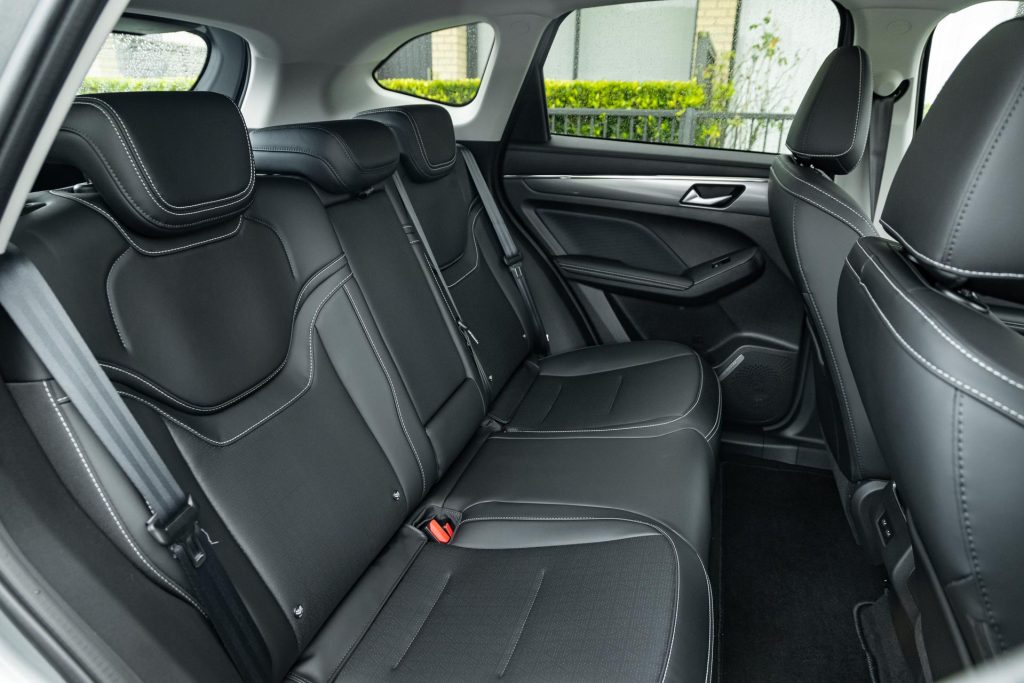
If anything, it needs a page of customisable favourite buttons for quick access to the Ultra’s useful extras, and to kill those that aren’t (banishing lane keeping is a four-tap process for instance).
The screen does provide sharp imaging for the surround view camera. Other things you’ll like include the head-up display, wired CarPlay or Android Auto and the conveniently located charge pad.
All models have the full ADAS fitout. These are good to have, essential actually, but need fine tuning here.
There are a few too many alerts; the lane keeping constantly tweaks the steering on the motorway and the driver monitor will beep (five times) at you for looking too long at the touchscreen.
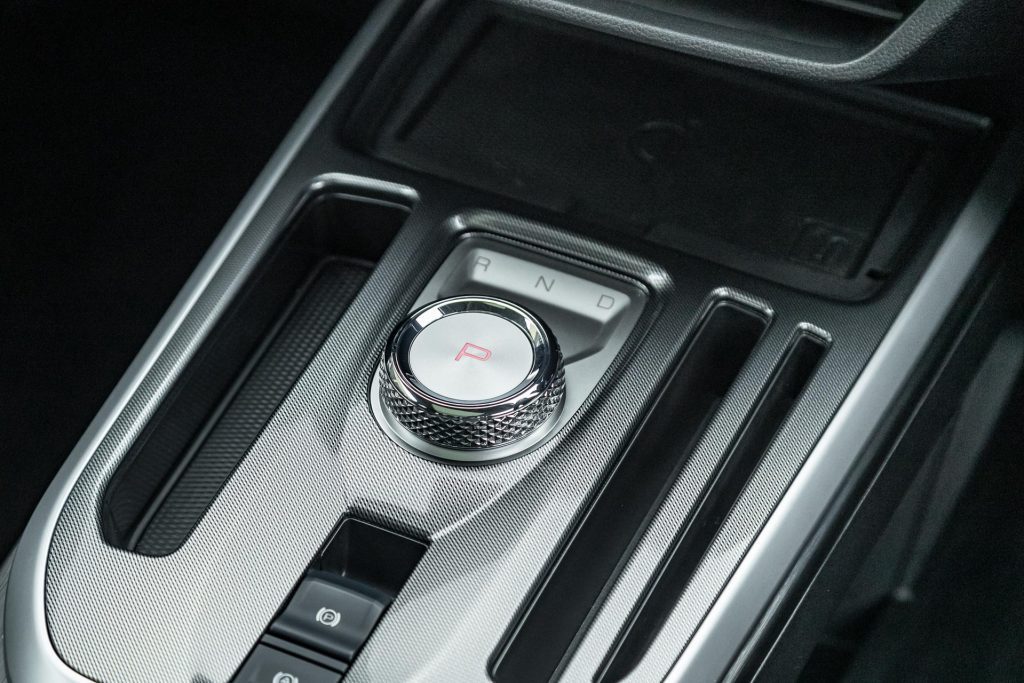
The active cruise leaves too large a gap to the car in front, even on its closest setting.
And it’ll even issue warnings to itself; under active cruise control, it deemed it was getting too close to the car ahead and beeped!
Rear seat space is okay, a flat floor giving those who may find themselves perched in the middle some added space. Headroom is surprising with the full glass roof, and vehicle entry is not bad either.
There’s no powered tailgate but so what. Jolion doesn’t have the biggest boot in class, and it’s tighter still in the HEV (255L vs the ICE’s 337L) with the battery under the floor.
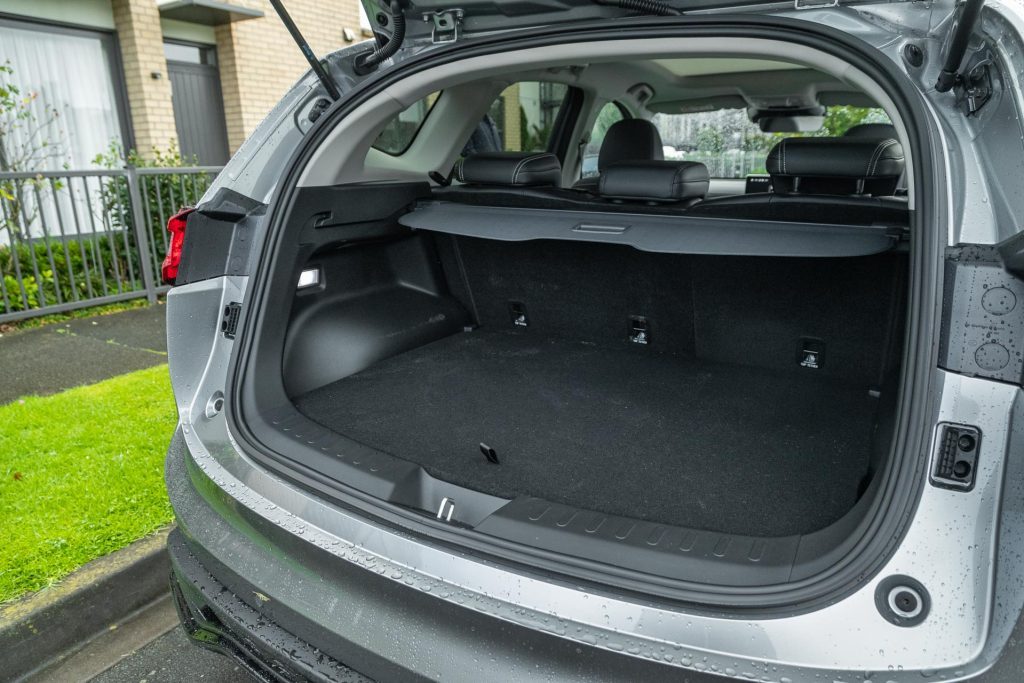
The rear seat folds easily, though the load floor is not level.
At the price, the Jolion hybrid has most of the competition beat on value, and factory back up with its seven-year unlimited kay warranty.
Full hybrids of a similar size include the Kona, though it starts at $53k, while the Qashqai e-Power kicks off at $60k.
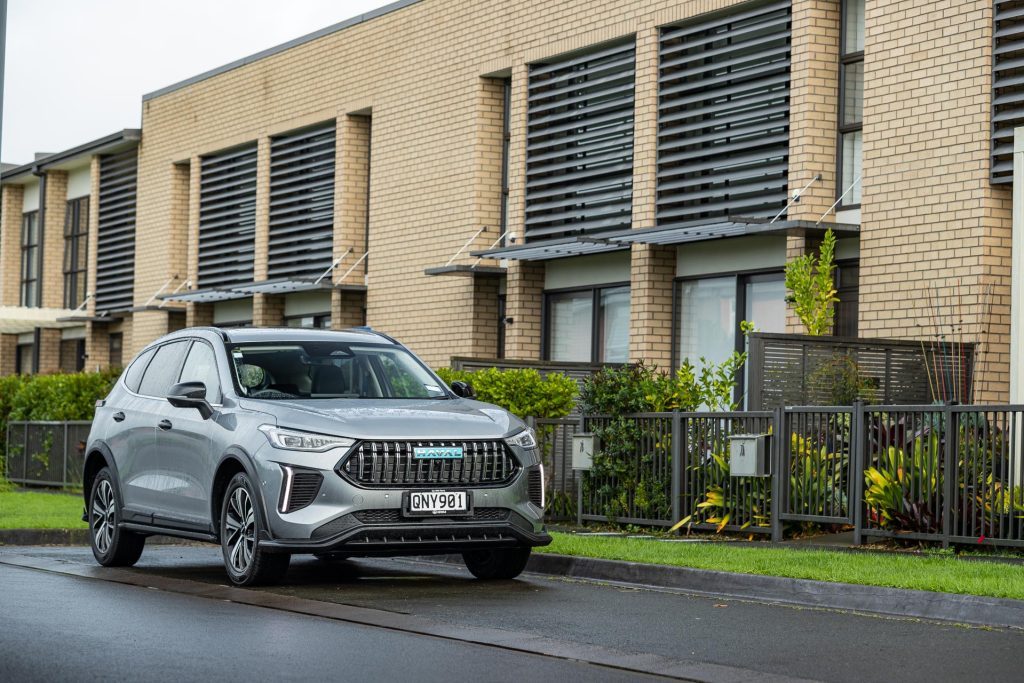
Toyota has better options in the Yaris Cross, starting at $39k, though that hasn’t quite the space, or features. The entry point for the new CH-R is $45,990, again lacking on the spec front, while the top model is $56k, though does pack more performance from its AWD powertrain.
The Kia Niro Plus is the one to consider at $41,990, if ultimate specification ain’t your thing; it’s a good drive and more economical.

So it’s the value to look at here, and while the HEV wears a $6k premium over the ICE, the smoother, torque-rich powertrain will likely be more in demand come resale time.
| Model | Haval Jolion Ultra Hybrid |
| Price | $40,990 |
| Engine | 1497cc, IL4 |
| Power | 70kW |
| Torque | 125Nm |
| Motor Output | 115kW / 250Nm |
| Drivetrain | 2-speed auto, FWD |
| Hybrid System Output | 140kW / 375Nm |
| Fuel Use | 5.5L/100km |
| C02 Output | 128g/km |
| 0-100km/h | 8.65 sec |
| Tyre Size | f/r-225/55/R18 |
| Fuel Capacity | 55L |
| Stability systems | ABS, ESP |
| Safety | AEB, ACC, BSM, LDW, RCTA, ALK |
| Luggage Capacity | 255-916L |
| Tow rating | 750kg (1300kg braked) |
| Service intervals | 12 months/15,000km |
| Warranty | 7 years/unlimited km |
| ANCAP rating | 5 Stars (2022) |
| Weight | 1620kg (claimed) |
This story first appeared in the July 2024 issue of NZ Autocar magazine.


